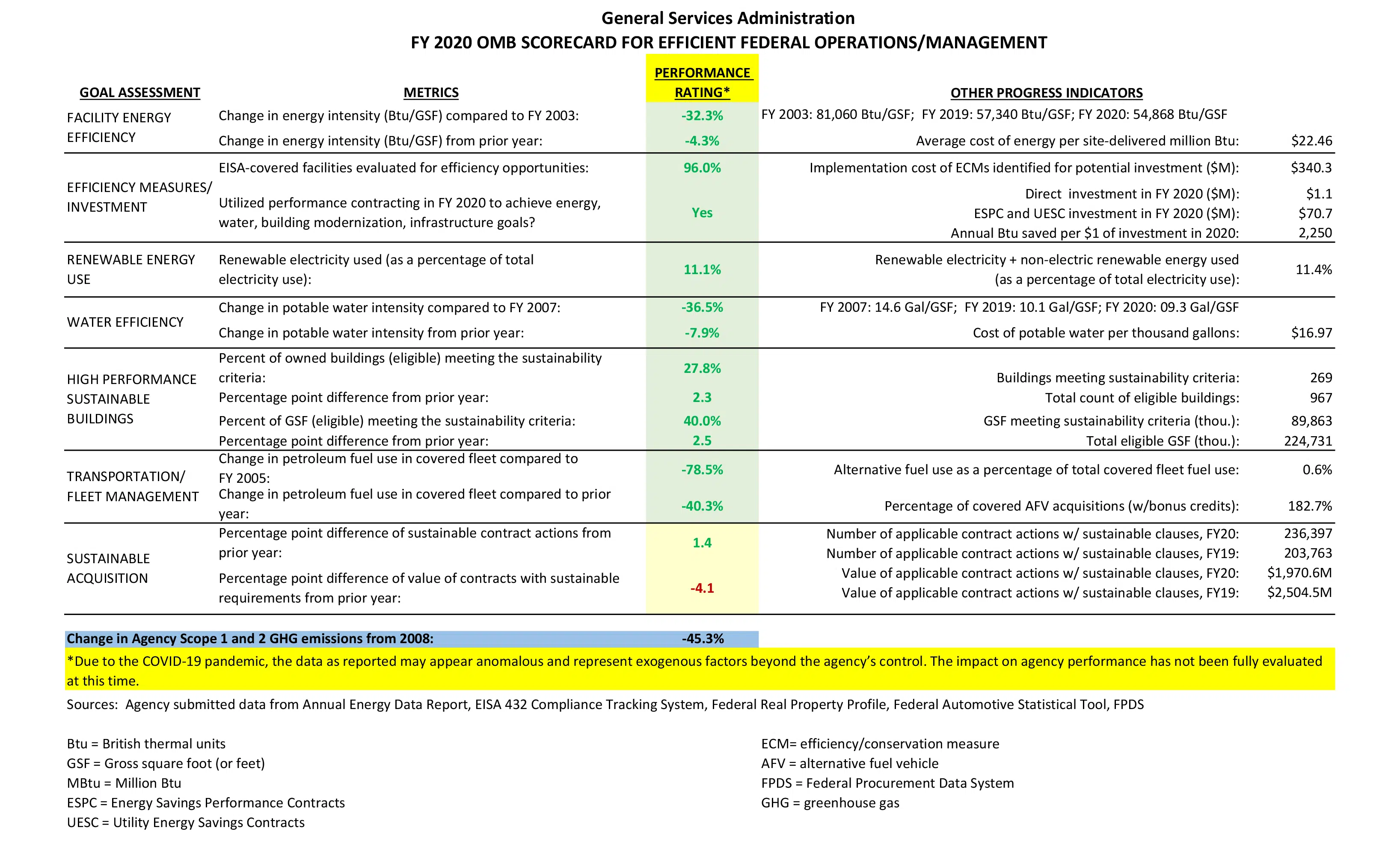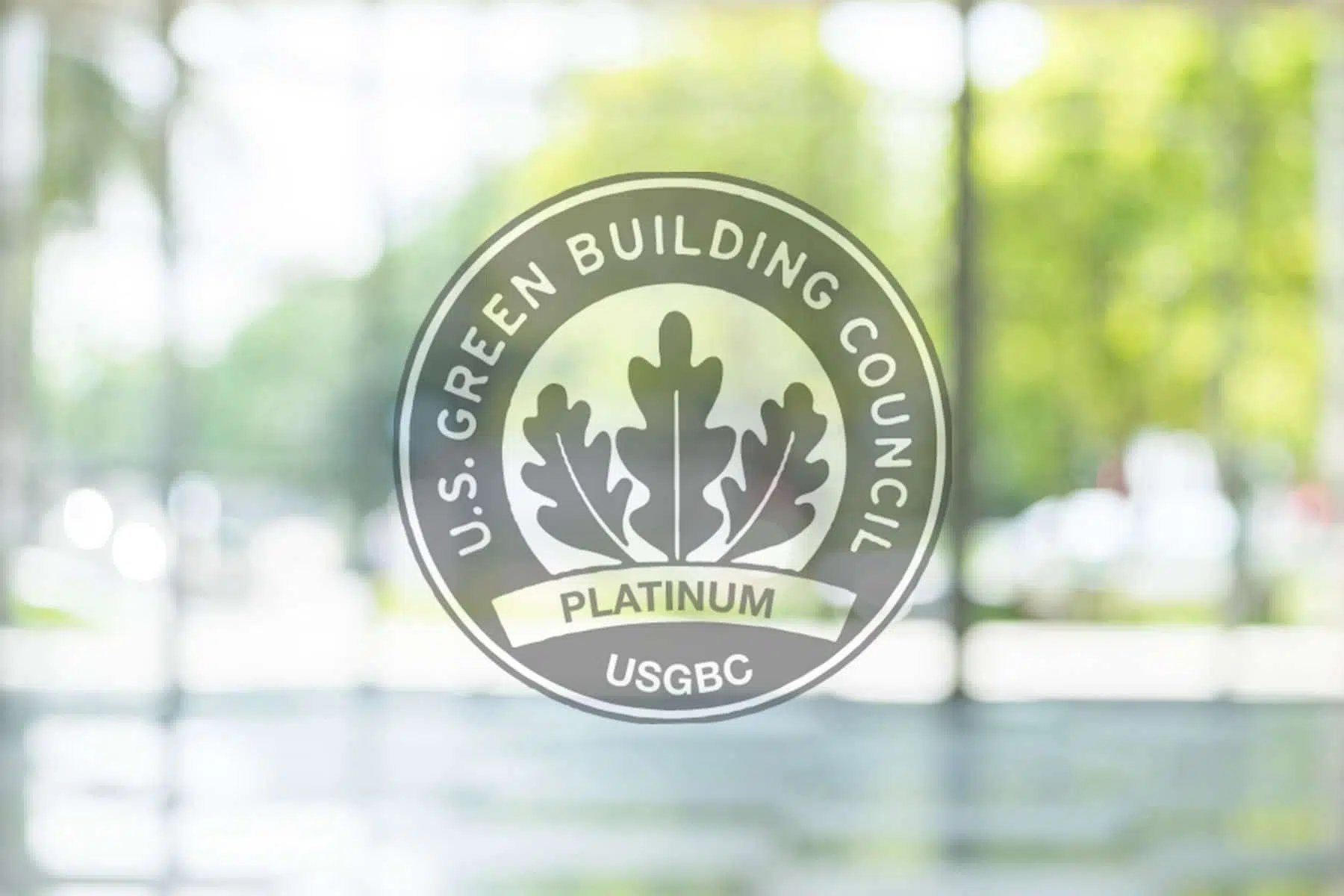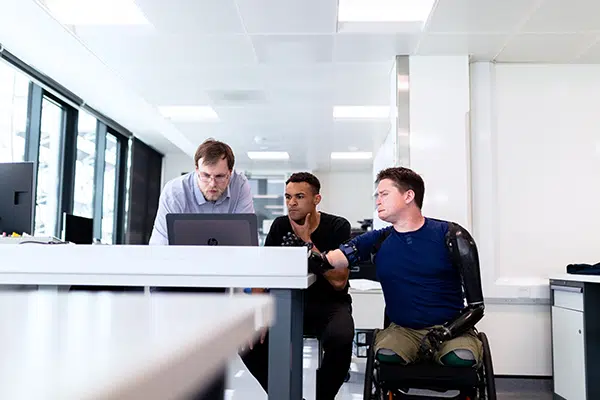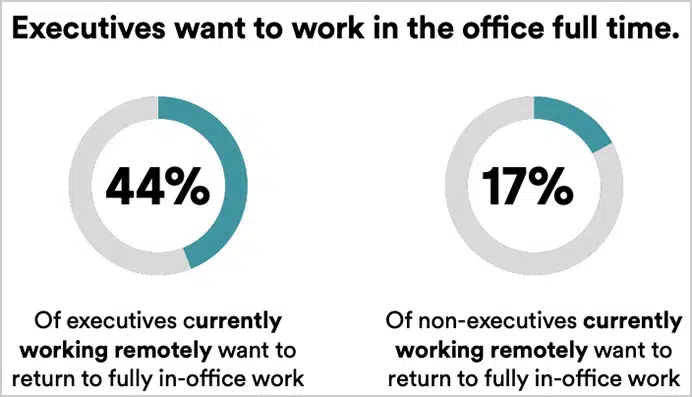What’s happening in the world of critical and renewable energy? Check out the latest R&D updates from researchers in the energy industry. Learn from experts on how these advancements could influence future strategies for facility management.
Smarter ‘Smart' Windows Promise Gains
Imagine a smart window that not only generates electricity, but also delivers 30 percent more energy savings than a common smart window currently on the market.
The technology to achieve this efficiency now exists, according to Advanced Science. It functions as a “dual-band selective solar harvesting (SSH)” window.
This innovation represents “the first integration of transparent photovoltaic and transparent solar absorber into a window,” the researchers claim.
Describing the problem that SSH helps solve, they write: “Smart windows can selectively regulate excess solar radiation to reduce heating and cooling energy consumption in the built environment. However, the inevitable dissipation of ultraviolet and near-infrared into waste heat results in inefficient solar utilization.”
While outperforming existing smart windows, SSH windows could also deliver more than 60 percent in annual HVAC energy savings compared to normal windows.
“Additionally,” the researchers write, “the SSH window generates electricity that accounts for up to 19.1% of its annual energy saving amount.”
A team based in Hong Kong produced the findings.
Facility Services Takeaway
“The SSH window offers exciting potential for the future of smart building technology,” says Randy Gregorcyk, Director of Program Development at PRIDE Industries.
“This is truly exciting tech. Significantly lowering HVAC energy consumption while generating electricity would be a huge win for integrated facility services. We look forward to following this innovation as it progresses from research into commercial development.”
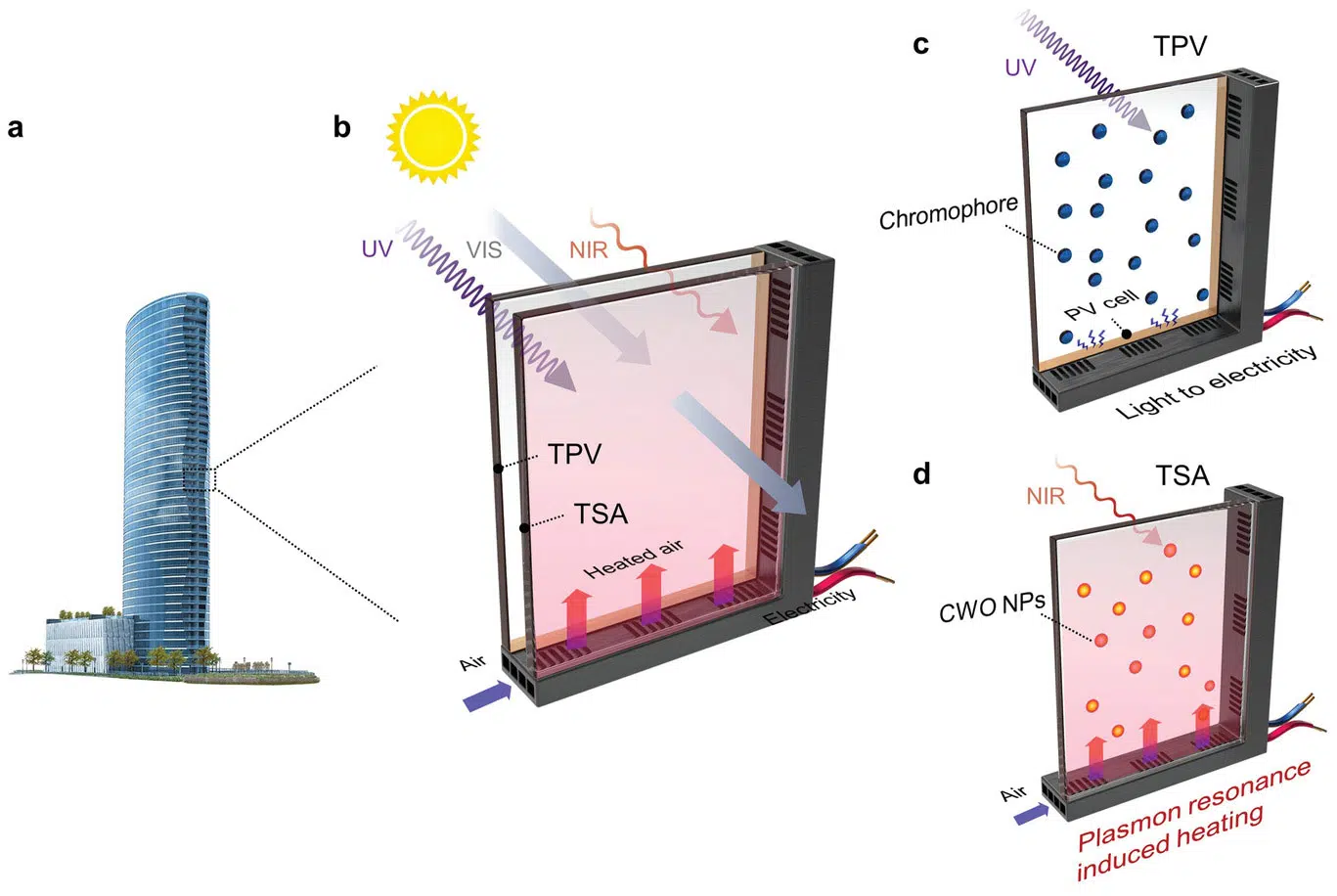
Solar Panels: Swap Lithium, Save Energy
As sources of renewable energy, solar panels offer many benefits to facility management.
They can help organizations:
- Lower energy bills
- Reduce carbon footprint
- Earn tax credits or rebates
Yet, solar panels can still become more efficient—and a breakthrough discovery has recently been made on this front.
At present, solar panel cells are typically coated in lithium. Over time, however, energy loss can occur as lithium absorbs water.
An organometallic compound called ferrocene could offer a better solution, researchers from the University of Surrey report.
Ferrocene “significantly improves efficiency and stabilizes the drop in energy that all solar panels have over time,” postgraduate researcher Thomas Webb tells Tech Xplore.
Ferrocene is also cheaper to produce and solves the water absorption problem, Webb adds.
While silicon cells remain efficient, they are costly to produce, said researcher Dr. Wei Zhang. Perovskite materials are “the next generation of photovoltaic technologies,” Zhang says.
“There is still a long way to go to ensure these can be implemented on a mass scale,” Zhang says, “but with these results, we are a generous step closer to making this a reality.”
Facility Services Takeaway
“This research offers an intriguing glimpse into the evolution of renewable energy systems. By working to improve the chemical composition of solar panels, these researchers go beyond the mechanics of solar panel design,” says Jim Schafer, Director of Project and Energy Services at PRIDE Industries.
“On a related note, existing technology can help windows automatically tint or lighten based on sunlight. This improves HVAC loads and lowers carbon footprints.”
“All in all, it’s fascinating to follow the progress of this interdisciplinary research. And it’s important for facility directors to keep their organizations apprised of these developments, so that they can be ready to take advantage as new technology hits the market.”

Exploring a Solution for Energy Storage
A shortage of grid-scale energy storage requires innovation.
One solution could involve thermally regenerative ammonia batteries. Researchers at Penn State have created a process that makes these batteries more affordable and stable.
“We can use ammonia as an energy carrier to harness waste heat and recharge some battery chemistries,” says Derek Hall, assistant professor of energy engineering.
“But previous battery chemistries used metallic zinc or copper electrodes, which had major setbacks in terms of electrode stability. What we did was replace these deposition-based reactions with a novel copper complex chemistry to solve a lot of the major problems facing previous researchers.”
The innovation could improve the process of converting low-grade waste heat into energy. At present, facility managers have few viable options when it comes to producing energy from rejected or escaping waste heat.
“If developed, battery chemistries like these can help address our growing grid-scale energy storage problem by harnessing these massive unused waste heat sources,” Hall says.
The research team will next explore possible integration into a thermal energy system. They will also scope the physical footprint required to produce power and energy.
Facility Services Takeaway
“From a facilities perspective, we’re continuously looking out for new technology that can help with decarbonization. At the same time, it needs to be economically viable. This has the potential to meet both of those objectives,” says Tim Vanover, Director of Business Development at PRIDE Industries.
“If it becomes commercially available, this technology could be retrofitted into existing infrastructure. That would also be good news.”
Ultimately, facilities managers would be responsible for considering whether to change tech.
“It would fall on the individual facility manager to implement these measures in their own facilities,” Schafer says. “Of course, this would have to make economic sense, with a reasonable return on investment.”
Let’s Talk Business
“All of these contributions help facilities managers continue to make the ever-important case for organizations to seriously consider prioritizing renewable energies.”
—Facilities Management team at PRIDE Industries
